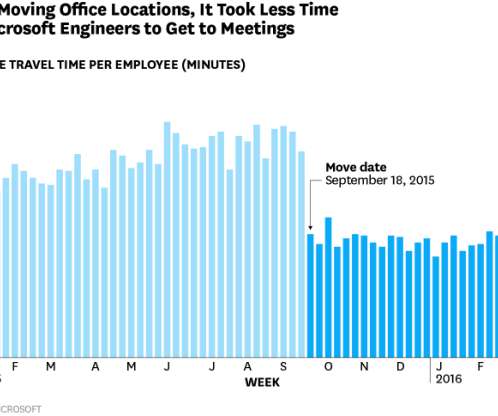4 imperatives for making business intelligence work
O'Reilly on Data
OCTOBER 16, 2018
Create a coherent BI strategy that aligns data collection and analytics with the general business strategy. They recognize the instrumental role data plays in creating value and see information as the lifeblood of the organization.
















Let's personalize your content